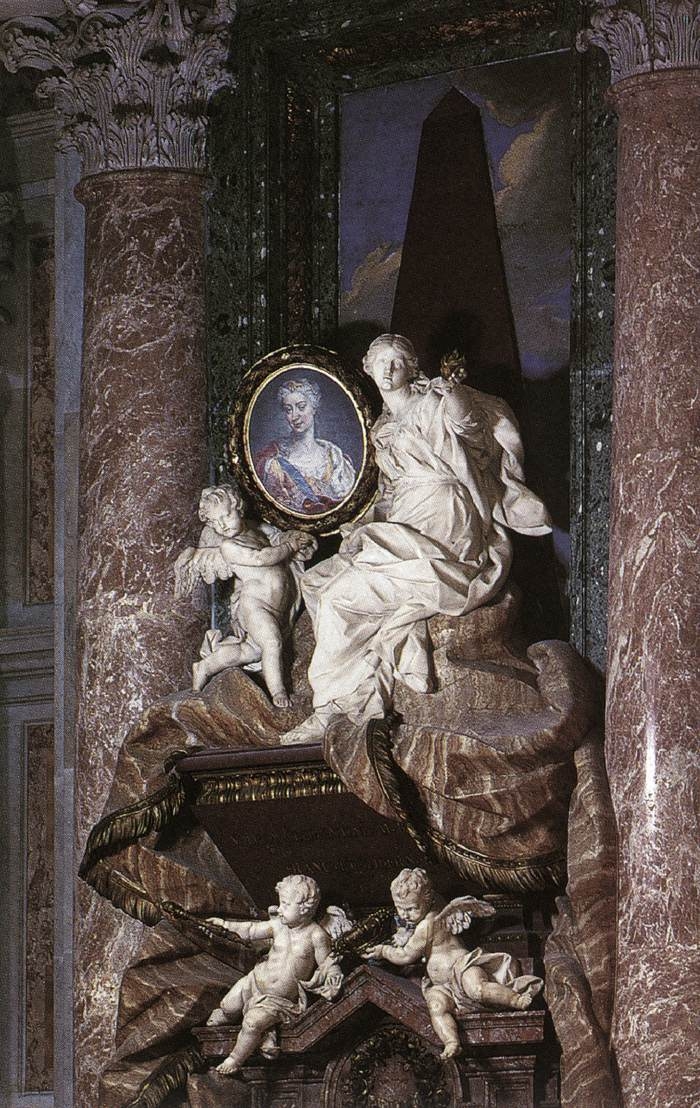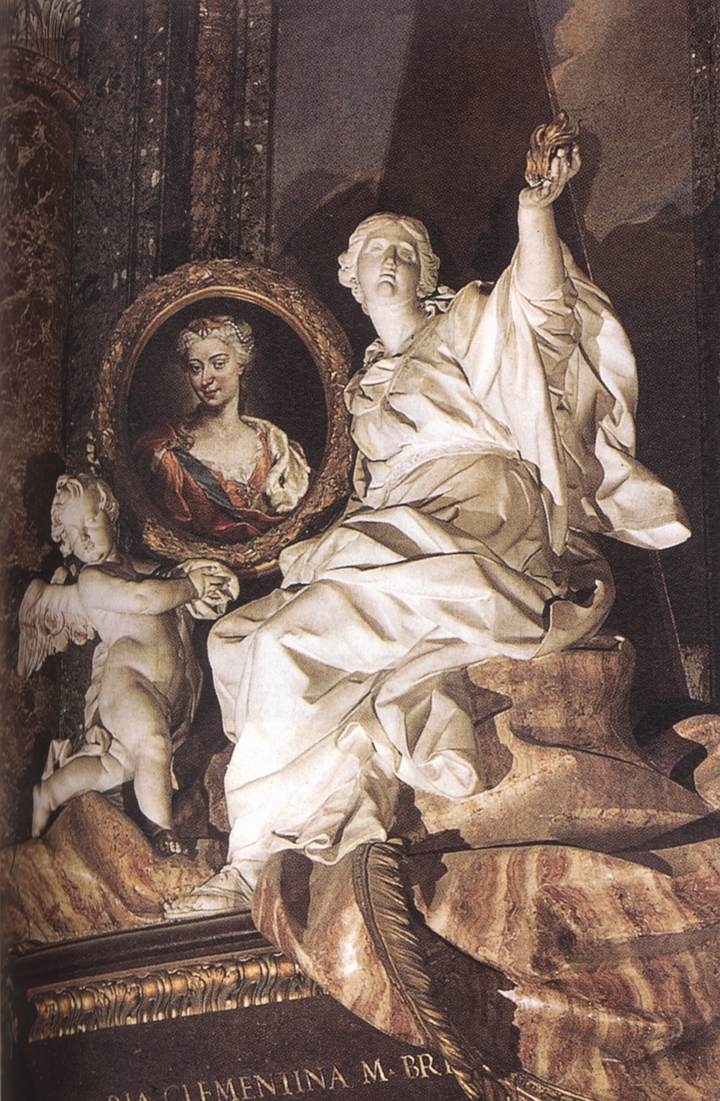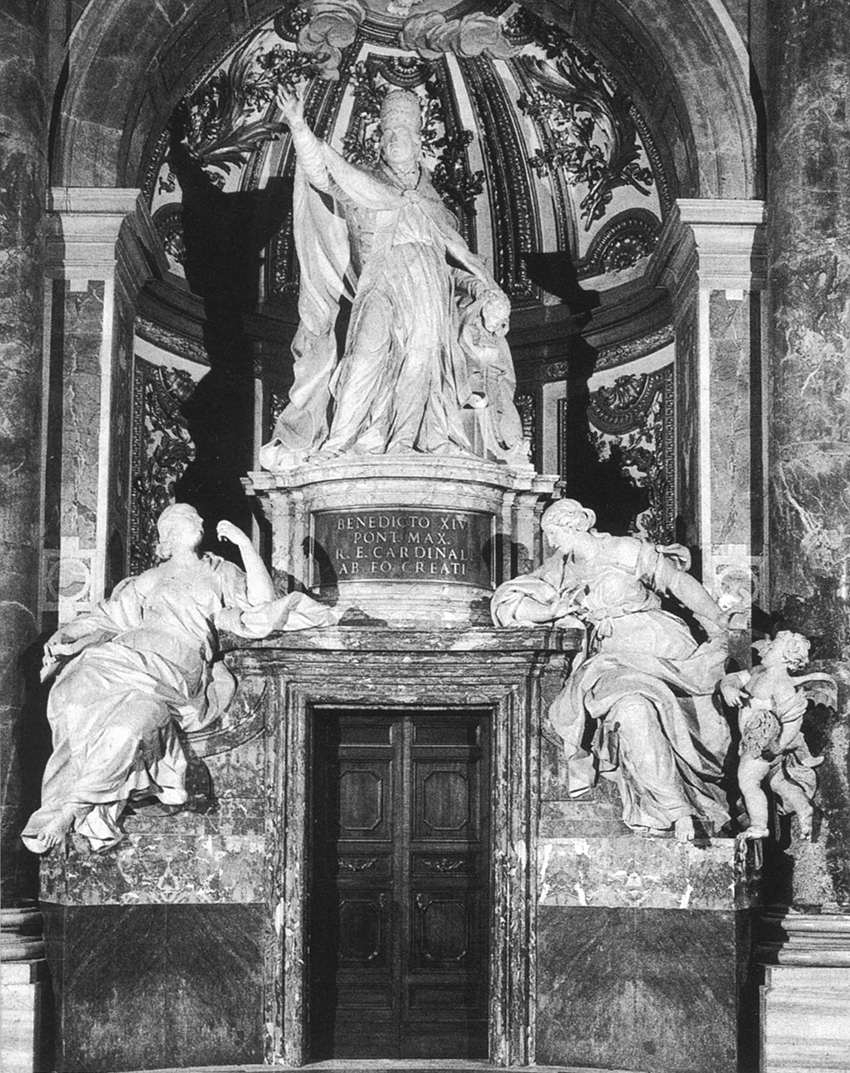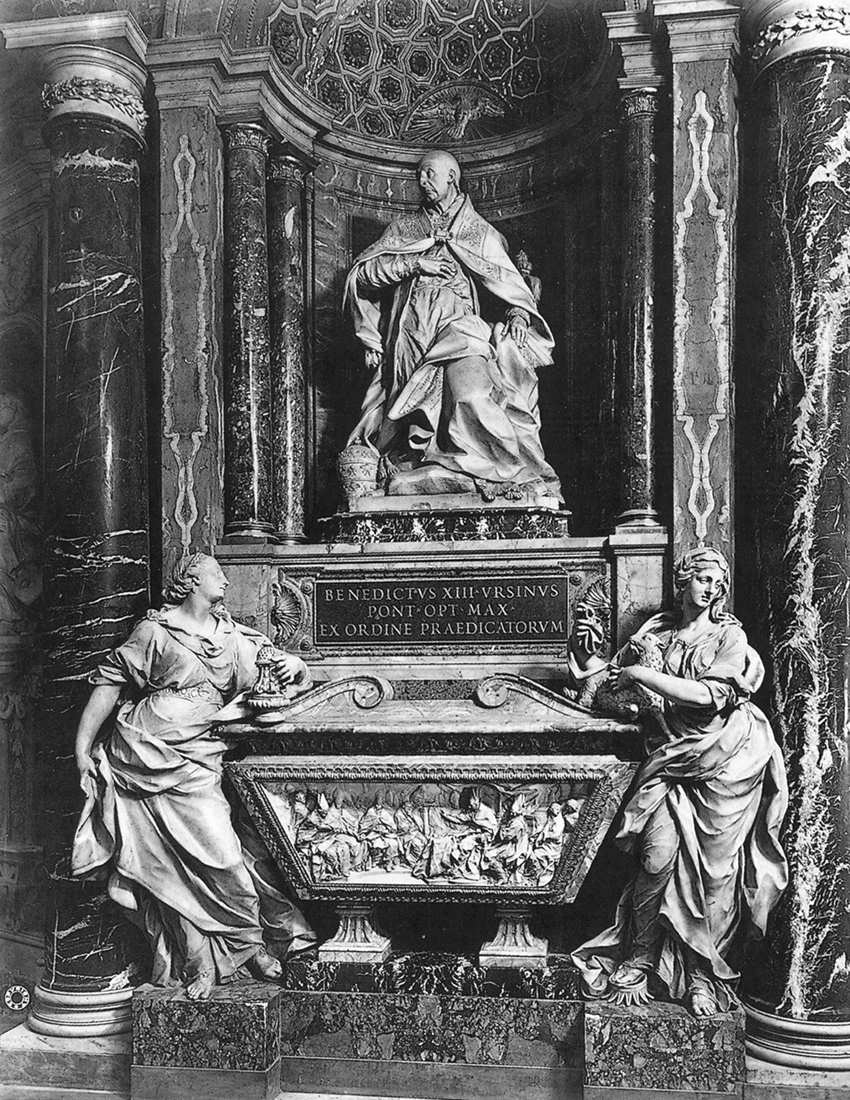|
 Italian Baroque sculptors -1
Italian Baroque sculptors -1

Pietro Bracci
Italian Baroque artist
born 1700 - died 1773
Neptune
Marble, 1759
Private collection
그대 영혼의 빛이
그대를 보살피기를
늙음에 대한 모든 걱정과
불안이 사라지기를
그대 영혼의 눈이
수확의 아름다운 시간들을 볼 수 있도록
그대에게 지혜가 주어지기를
최선을 다해
그대의 삶을 수확할 수 있기를
그리하여 그대가 받은 상처를 치유하고
상처 입었던 것들이 그대에게 다가와
그대와 하나가 되기를
인간의 존엄성을 갖게 되기를
그대가 얼마나 자유로운가를 느낄 수 있기를
무엇보다 그대 안에 있는
영원한 빛과 아름다움을 만나는
멋진 선물을 받게 되기를
그리고 축복 받게 되기를
그대 자신을 위해
그대 자신 안에서
아름다운 사랑을 발견하게 되기를
'영혼의 동반자' 중에서 . . . . . 존 오도나휴(John O'Donohue, 1956-2008)
 FERRATA, Ercole
Italian sculptor, Roman school (b. 1610, Como, d. 1686, Roma)
Stoning of St Emerenziana
FERRATA, Ercole
Italian sculptor, Roman school (b. 1610, Como, d. 1686, Roma)
Stoning of St Emerenziana
1660
Marble, height 310 cm
Sant'Agnese in Agone, Rome

FERRATA, Ercole
Italian sculptor, Roman school (b. 1610, Como, d. 1686, Roma)
|
The Death of St Agnes
1660-64
Marble, over life-size
Sant'Agnese in Agone, Rome
|

Pietro Bracci
Italian Baroque artist
born 1700 - died 1773
Tomb of Maria Clementina Sobieski
Marble, 1744
Basilica di San Pietro, Vatican

Pietro Bracci
Italian Baroque artist
born 1700 - died 1773
Tomb of Maria Clementina Sobieska (detail)
Polychromed marble, 1739
Basilica di San Pietro, Vatican

Pietro Bracci
Italian Baroque artist
born 1700 - died 1773
Tomb of Benedict XIV
Marble, 1763-1770
Basilica di San Pietro, Vatican
 Pietro Bracci
Pietro Bracci
Italian Baroque artist
born 1700 - died 1773
Tomb of Pope Benedict XIII
Marble, 1734
Santa Maria sopra Minerva, Rome

Antonio Giorgetti
Italian sculptor (active 1660s in Rome)
Angel with the Sponge
1668-69
Marble, over life-size
Ponte Sant'Angelo, Rome

FANZAGO, Cosimo
Italian sculptor, Neapolitan school (b. 1591, Bergamo, d. 1678, Napoli)
St Bruno
1623-30
Marble
Certosa di San Martino, Naples

FINELLI, Giuliano
Italian sculptor (b. 1601, Carrara, d. 1653, Rome)
Bust of Cardinal Giulio Antonio Santorio
1633-34
Marble, life-size
San Giovanni Laterano, Rome

FINELLI, Giuliano
Italian sculptor (b. 1601, Carrara, d. 1653, Rome)
Bust of Michelangelo Buonarroti the Younger
1630
Marble, life-size
Casa Buonarroti, Florence

FINELLI, Giuliano
Italian sculptor (b. 1601, Carrara, d. 1653, Rome)
St Peter
1639-40
Marble, life-size
Chapel of Treasury, San Gennaro, Naples

FOGGINI, Giambattista
Italian sculptor (b. 1652, Firenze, d. 1725, Firenze)
Tomb of Galileo
Marble, 1722-1727
Santa Croce, Florence
 Antonio Raggi
Antonio Raggi
Italian Baroque artist
born 1624 - died 1686
Stucco decoration
Stucco, 1662-1665
Sant'Andrea, Pistoia
 Antonio Raggi
Antonio Raggi
Italian Baroque artist
born 1624 - died 1686
The Death of St Cecilia
Marble, 1660-1667
Sant'Agnese in Agone, Rome
 GHERARDI, Antonio
Italian painter/architect (b. 1638, Rieti, d. 17
Stuccowork
GHERARDI, Antonio
Italian painter/architect (b. 1638, Rieti, d. 17
Stuccowork
1692-1700
Stucco
San Carlo ai Catinari, Rome
 Antonio Raggi
Antonio Raggi
Italian Baroque artist
born 1624 - died 1686
Angel with the Column
Marble, 1668-1669
Public collection

Domenico Guidi
Italian artist
born 1625 - died 1701
Vision of St Joseph
c. 1694
Marble
Santa Maria della Vittoria, Rome
 Domenico Guidi
Domenico Guidi
Italian artist
born 1625 - died 1701
Vision of St Joseph
c. 1694
Marble
Santa Maria della Vittoria, Rome

FANCELLI, Cosimo
Italian sculptor, Roman school (b. ca. 1620, Roma, d. 1688, Roma)
Angel with the Sudarium
1668-69
Marble, over life-size
Ponte Sant'Angelo, Rome
Ⅲ. Allegro ma non molto(Han-na Chang, cello)
바로크미술 [Baroque art]
17세기 초부터 18세기 전반에 걸쳐 이탈리아를 비롯한 유럽의 여러 가톨릭 국가에서 발전한 미술 양식.
바로크라는 용어는 포르투갈어의 barroco에서 온 듯하다. ‘비뚤어진 모양을 한 기묘한 진주(眞珠)’라는 뜻인데,
이 말은 본래 16세기 유럽을 지배한 고전주의르네상스 뒤에 나타난 양식에 대하여 모멸적인 뜻으로 사용되었다.
그러나 19세기 중엽의 독일 미술사가들에 의해 바로크라는 용어에서 ‘변칙 ·이상 ·기묘함’이라는 부정적 평가는 제거되었다.
바로크는 미술사 ·예술학의 연구대상이 되었고, 현재는 이 개념이 다른 예술양식에도 적용되고 있으며
한 시대 전체를 가리키는 말이 되었다.
바로크는 로마에서 발생하여 이탈리아 ·보헤미아 ·오스트리아 ·독일 ·에스파냐로 번져나갔고
라틴아메리카에까지 확대되었다. 이 양식은 반종교개혁의 유력한 표현수단이 되어 여러 가톨릭 국가에서는
종래의 종교적 도상(圖像)을 일신하고 종교미술에 신선한 입김을 불어넣었다. 동시에 바로크는 귀족들의 표현수단이기도 하여
화려 호사한 의식을 과시하고 장식하는 구실을 다하였다. 바로크는 16세기 고전적 르네상스의
조화 ·균정(均整) ·완결성 등에 대하여 경탄과 현혹(眩惑)을 지향하여 양감(量感) ·광채 ·동감(動感)에 호소하였다.
그리하여 건축에서는 거대한 양식, 곡선의 활용, 자유롭고 유연한 접합부분 등의 특색을 나타내고,
조각에서는 비상(飛翔)하는 동적인 자태와 다양한 복장 표현 등을 특색으로 하였다.
오늘날 바로크는 좁은 의미의 미술 양식에서 벗어나 넓은 뜻의 문화양식으로서 다른 시대와 장르에도
확대 적용되고 있으며, 고대 로마의 말기, 중세 말의 후기 고딕, 1900년대의 아르누보(art nouveau) 미술에도 적용되었다.
글 출처, 네이버 백과사전 요약 |




















